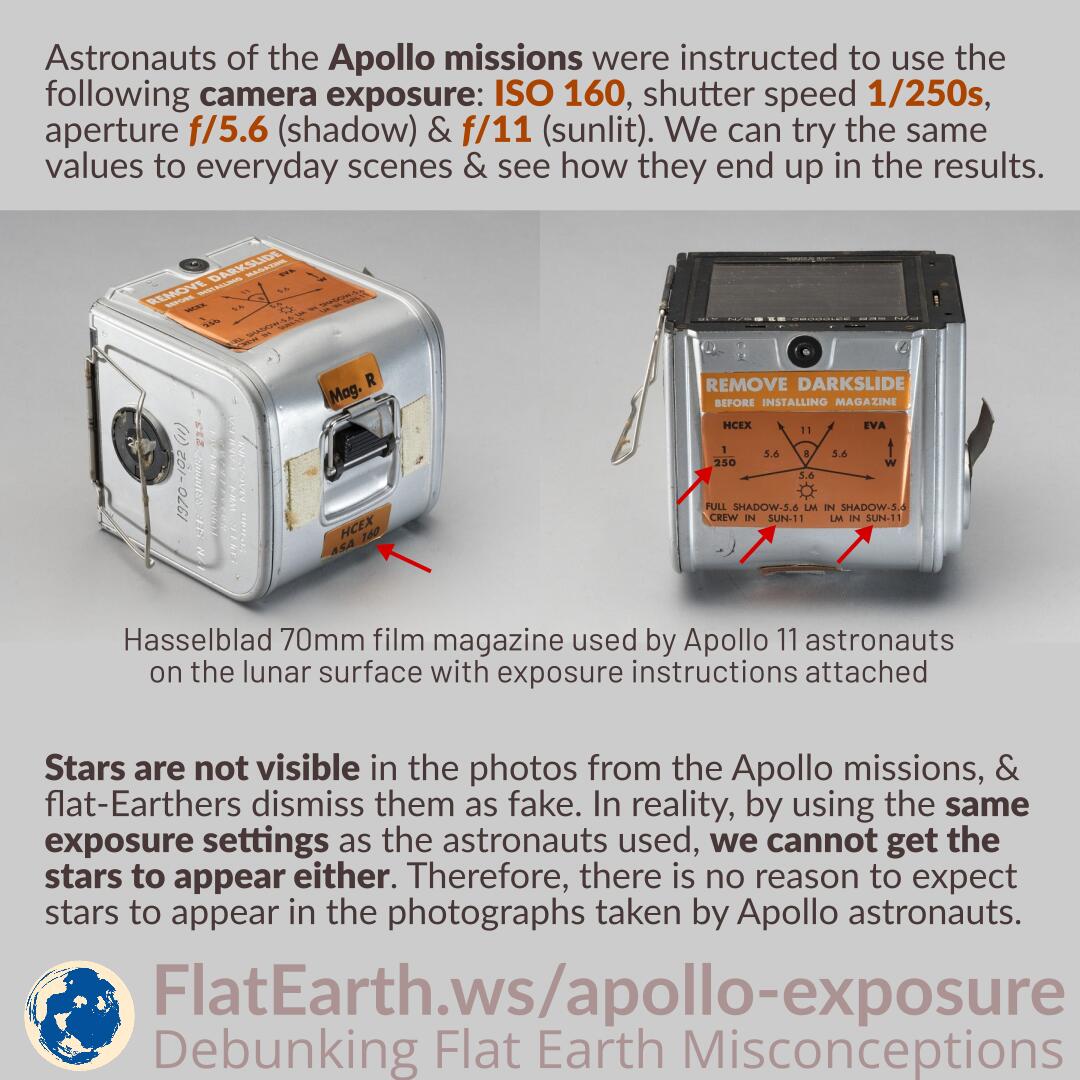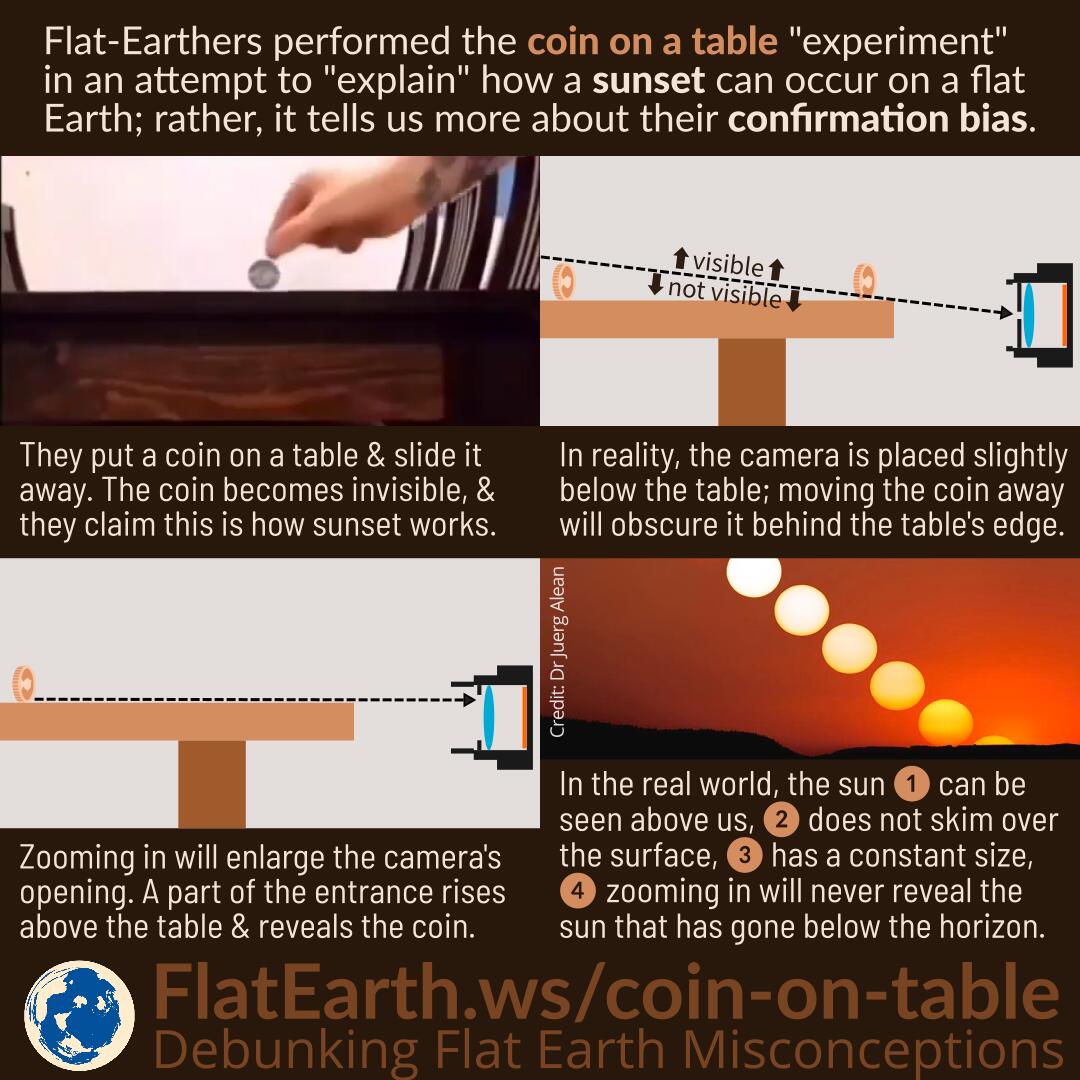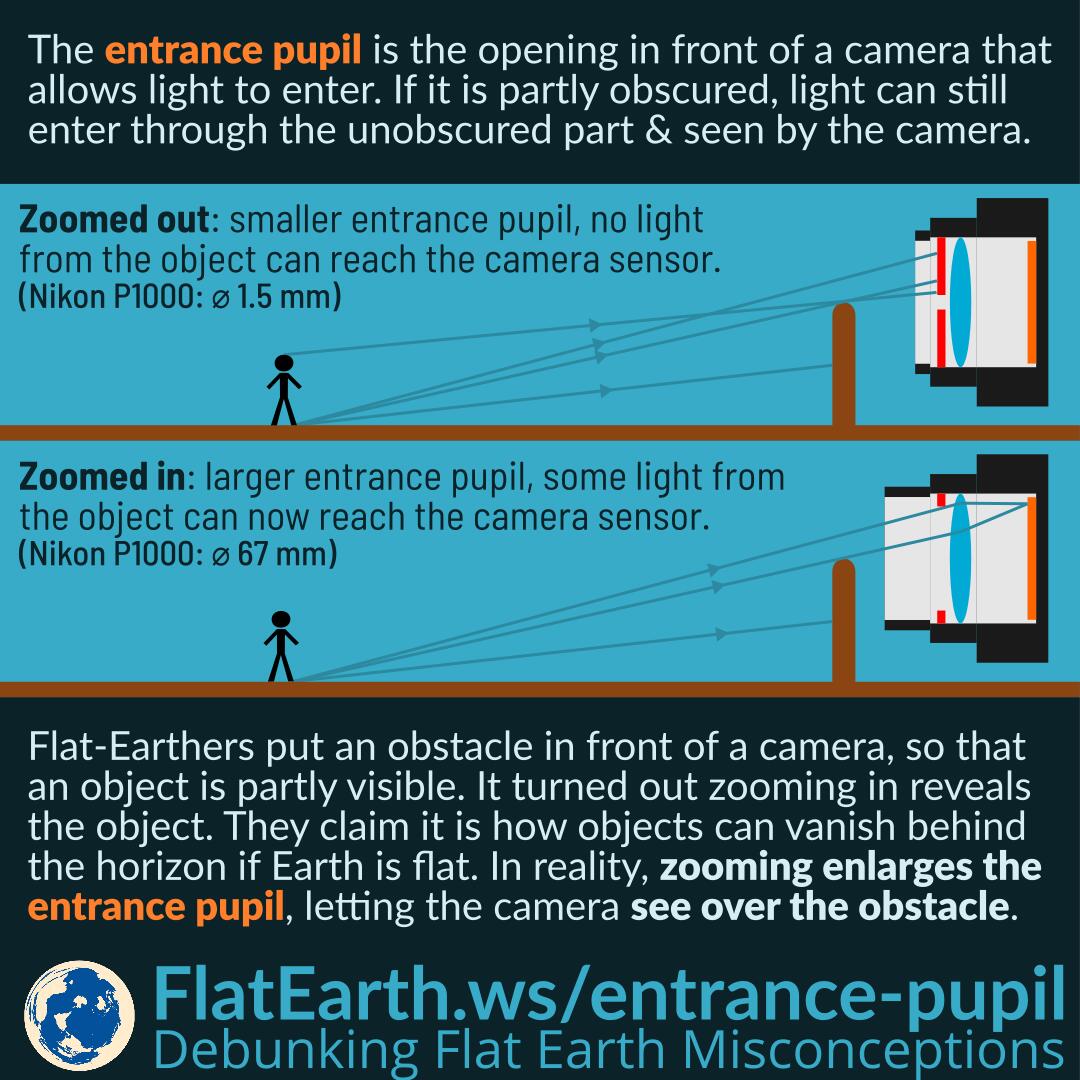In photography, bokeh is the way a lens renders out-of-focus points of light. The shape of bokeh depends on the shape of the lens’s aperture more than the out-of-focus objects themselves.
Flat-Earthers fail to take properly-focused photos of stars and planets because of their lack of photography skills and because their cameras are not suitable for the purpose. They are just getting bokeh, which tells us more about their equipment (and lack of knowledge) than the actual intended objects.









